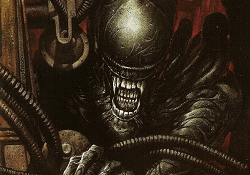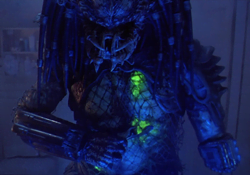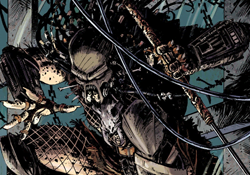Yautja Skin: Guide To Predator Skin Types And Features
The Yautja possess a complex and highly resilient form of skin that serves both biological and protective functions. Their hide varies greatly among clans and individuals, reflecting differences in age, lineage, habitat, and personal achievement. Across films, comics, games, and expanded lore, Yautja skin appears as an important part of their identity, protection, and hunting traditions.
Yautja Skin

Yautja skin is thick and textured, covered with nodules, ridges, and patterned markings. These features help regulate temperature, provide sensory feedback, and offer natural resilience in harsh environments. Their epidermal layers allow for short periods of exposure to extreme heat or cold, which supports their tradition of hunting across a wide range of worlds. In many depictions, Yautja skin shows mottling that closely resembles reptiles or amphibians. However, the Yautja do not have scales, as is sometimes erroneously reported. The patterns often follow the musculature, creating a distinctive look even before armor or gear is added.

Armored Skin
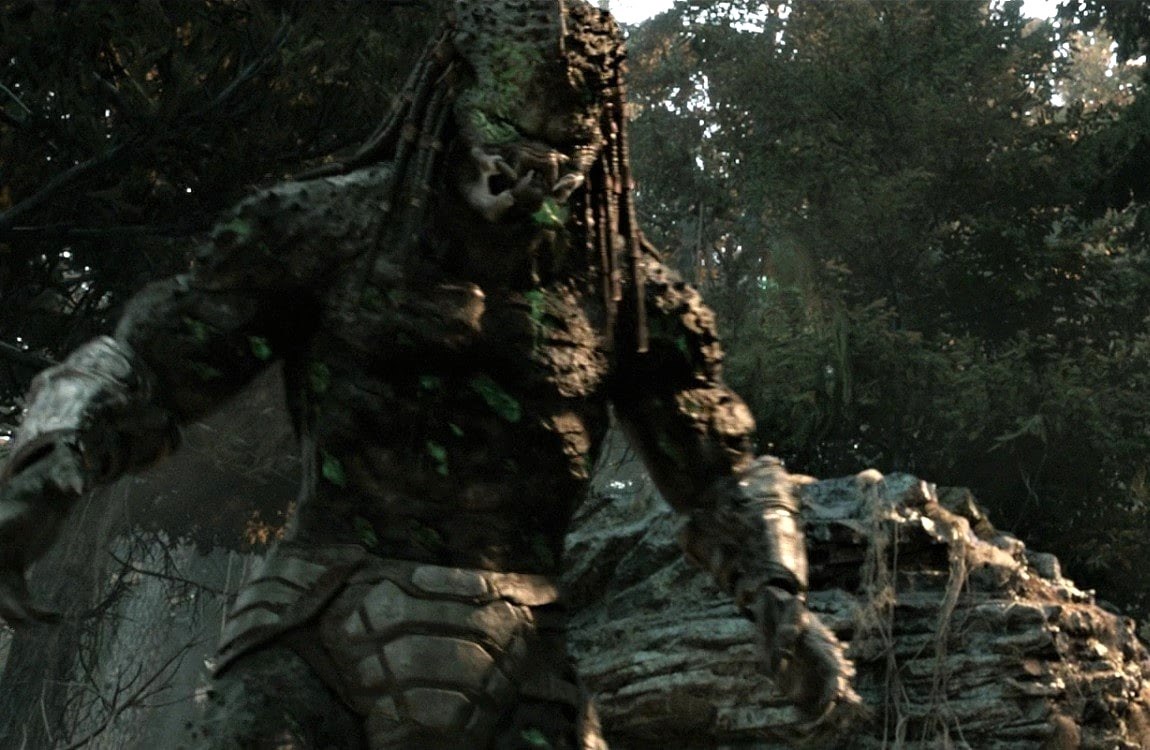
Some Yautja display an advanced form of dermal reinforcement known as armored skin. Armored skin consists of hardened plates and dense nodules that form naturally across the chest, shoulders, and limbs. It provides added resistance against blades, low-caliber ballistics, and environmental hazards. The Upgrade Predator (also known as Assassin) employed this armor in The Predator (2018), with overlapping natural plating that acted almost like external armor. The Upgrade used other species' DNA to upgrade himself, extracting it from their spines.
Translucent Skin

Certain rare individuals possess a pale or nearly transparent skin structure. This is linked to Yautja, who rely on stealth based hunting styles, such as the Stalker Predator (not to be confused with the Stalker Predator from Predator 2). In the detailed NECA backstory, Stalker hunted in the southern regions of Yautja Prime, which were constantly covered in darkness. His translucent skin was organically adapted to fit this dark environment, while his blood glowed in the dark, revealing his position to fellow hunters. To completely hide themselves, these Yautja can use translucent skin in combination with their technical cloaking devices.

Yautja Skin Colors And Patterns
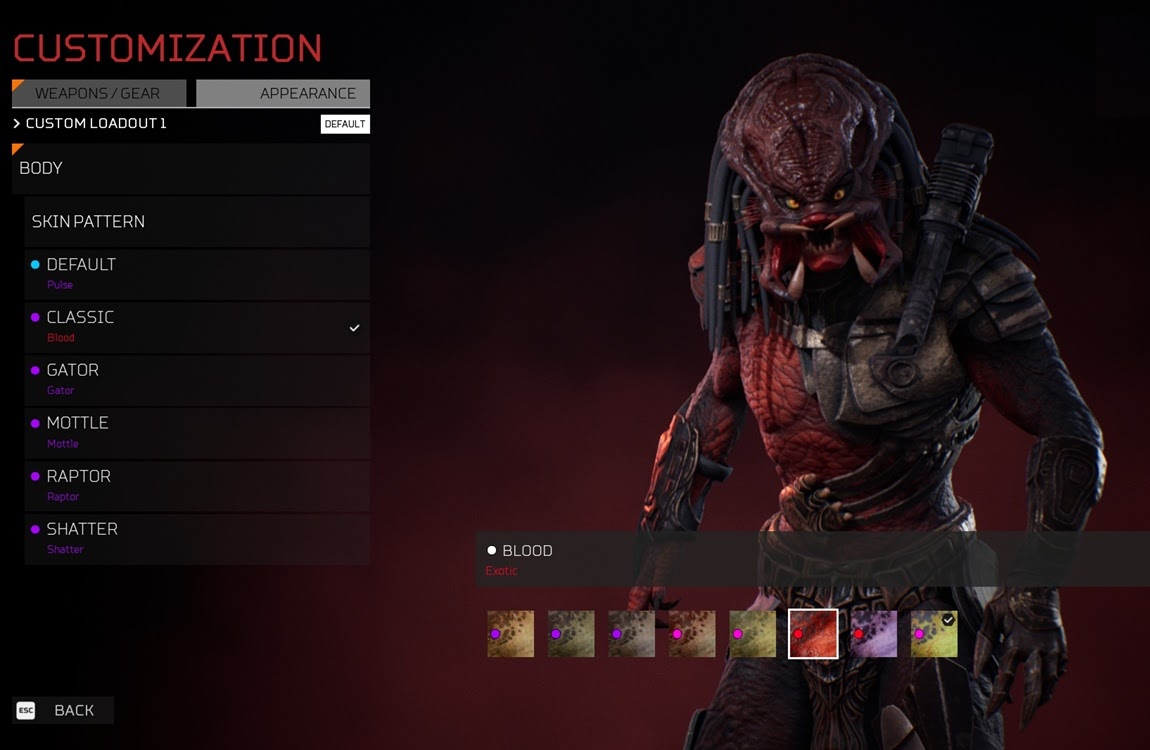
Yautja skin comes in a broad range of colors that include green, tan, brown, red, and even pale white (such as the Alpha Predator). Many examples show spotted or striped patterns that function as natural camouflage. In expanded media, patterns can become highly individualized. Hunters may inherit certain markings from lineage or develop more pronounced coloration as they mature. These differences can also be explained by Predators living in different regions of Yautja Prime. The Predator: Hunting Grounds video game presents these variations in detail, allowing depictions of bright crimson skins, deep jungle greens, ash grays, and mottled combinations.
Yautja Wounds
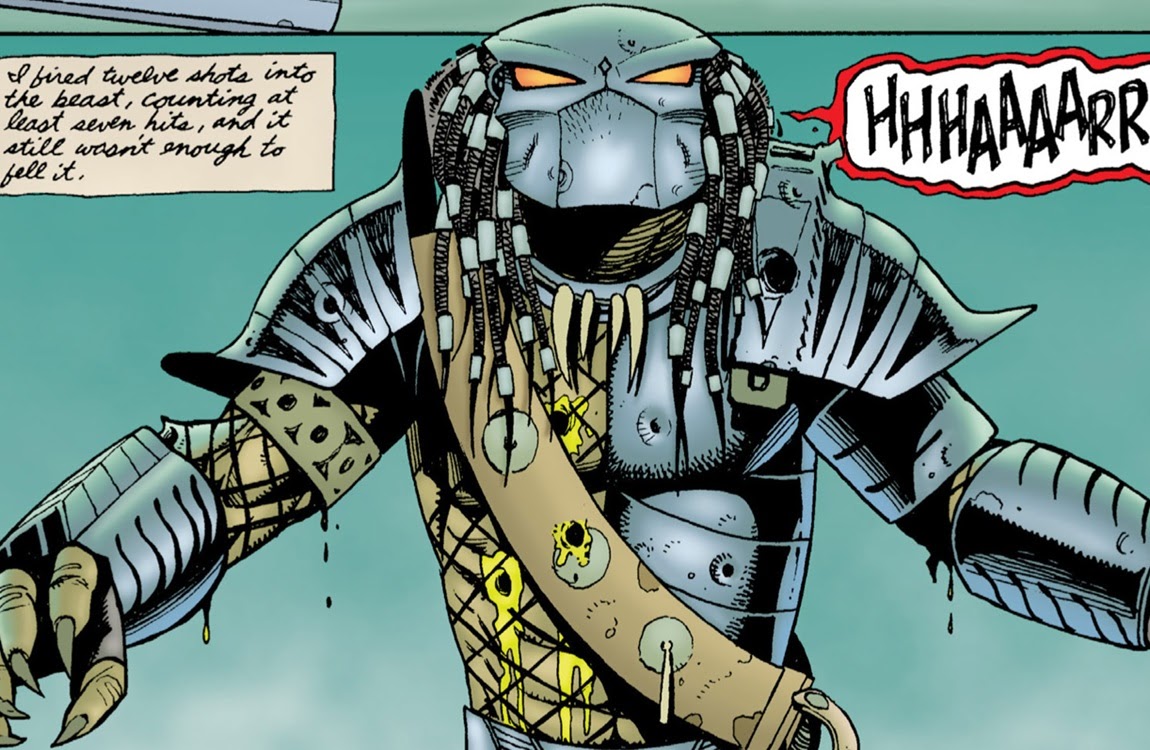
Despite their physical resilience, Yautja can sustain deep wounds from combat. Their blood glows in a vivid neon green shade, and it becomes particularly visible when they are injured. Multiple scenes show how a Yautja’s skin splits under heavy trauma, revealing soft tissue beneath the hardened exterior. They possess the ability to perform emergency field treatment with the medicomp devices, cauterizing or stitching wounds directly into their dermal layers. Wounds that do not heal properly may result in thickened scar tissue. The Predators often lose limbs and sometimes replace these with cybernetic ones.
Yautja Scars

Scars are an inevitable result of hunting, but scarring also holds cultural significance among the Yautja. One of the most important scars is the "blooding symbol", burned into the forehead of Young Blood Predators. For example, Scar Predator from Alien vs. Predator 2004 earned his nickname from this scar, applied with the acid from the cut-off finger of a Xenomorph. Another acid-scarred Predator is Wolf from AvP: Requiem, with extensive damage to his face. Finally, there is a partly healed scar with stitches visible on the Captive Predator from Predator: Captive, although this was probably applied by humans.
Yautja Tattoos

Like humans, some Yautja tattoo themselves, although this is somewhat rare in Yautja lore. The Bad Blood Predator from Predator: Bad Blood had a big black Yautja symbol on his forehead, possibly indicating his clan affiliation. The ancient Predator from Predator: Homeworld had a sun-like symbol on his left shoulder, which had somewhat faded on his green skin. These tattoos seem to be applied with dark pigment markings or raised carvings across the skin. Outside of the Predator universe, Yautja tattoos are popular among humans, with Yautja symbols being a popular choice.
Yautja Body Hair
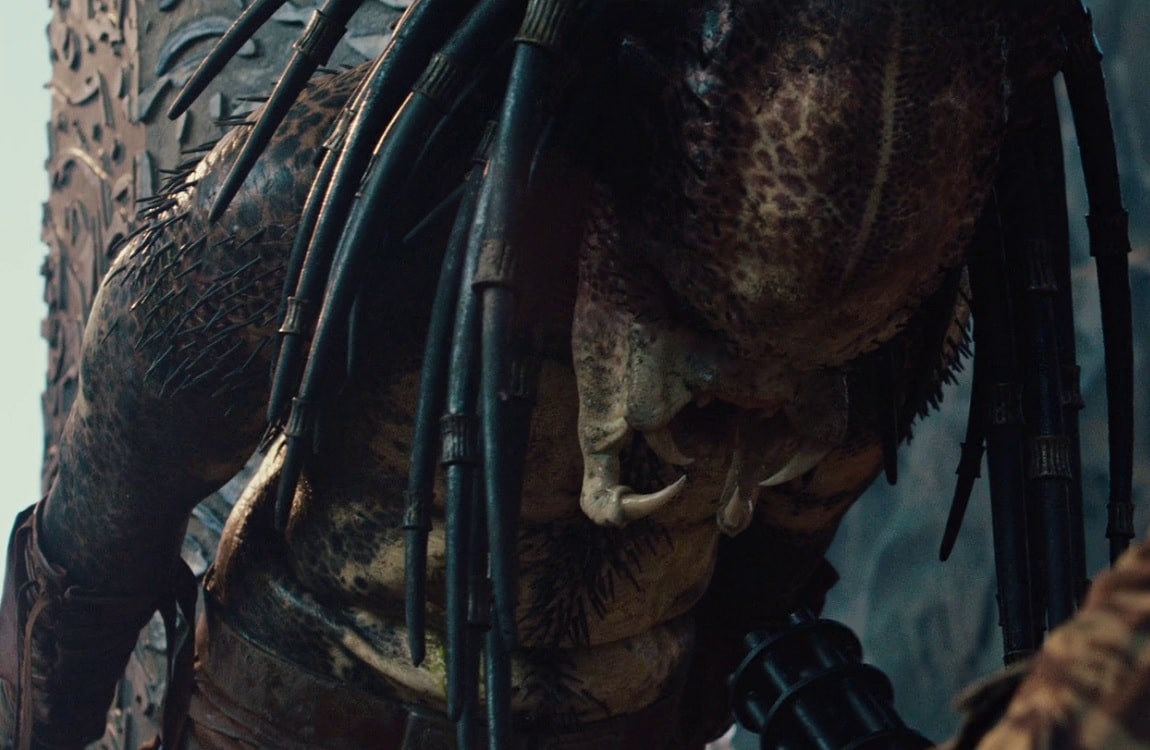
Although Yautja are best known for their thick dreadlock like appendages, their bodies also feature coarse patches of hair or bristle like growths. These areas appear along the arms, chest, back, and legs. The hair blends with the texture of their skin and serves protective and sensory functions. Some Yautja display heavier body hair depending on age or environment. Like dreadlocks, the body hair is most likely filled with Yautja blood.
Fishnets
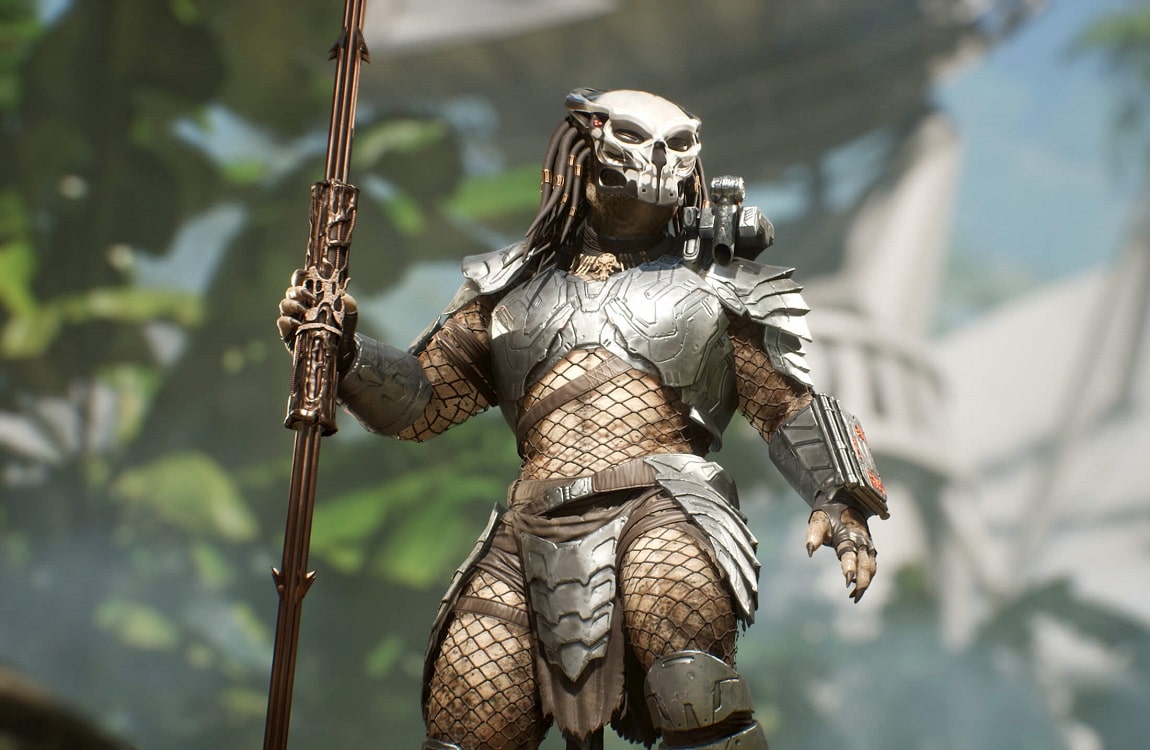
A common element worn by many Yautja is a mesh bodysuit made of durable synthetic fibers. While often mistaken for a cloaking device, the fishnet suit helps regulate temperature and interacts with other armor components. It maintains circulation and absorbs excess heat generated during hunts. The mesh stretches across their skin, highlighting the muscular forms and natural patterns beneath. It also acts as an anchor for various pieces of armor and equipment, making it a practical part of the Yautja hunting gear.
Skinning A Yautja
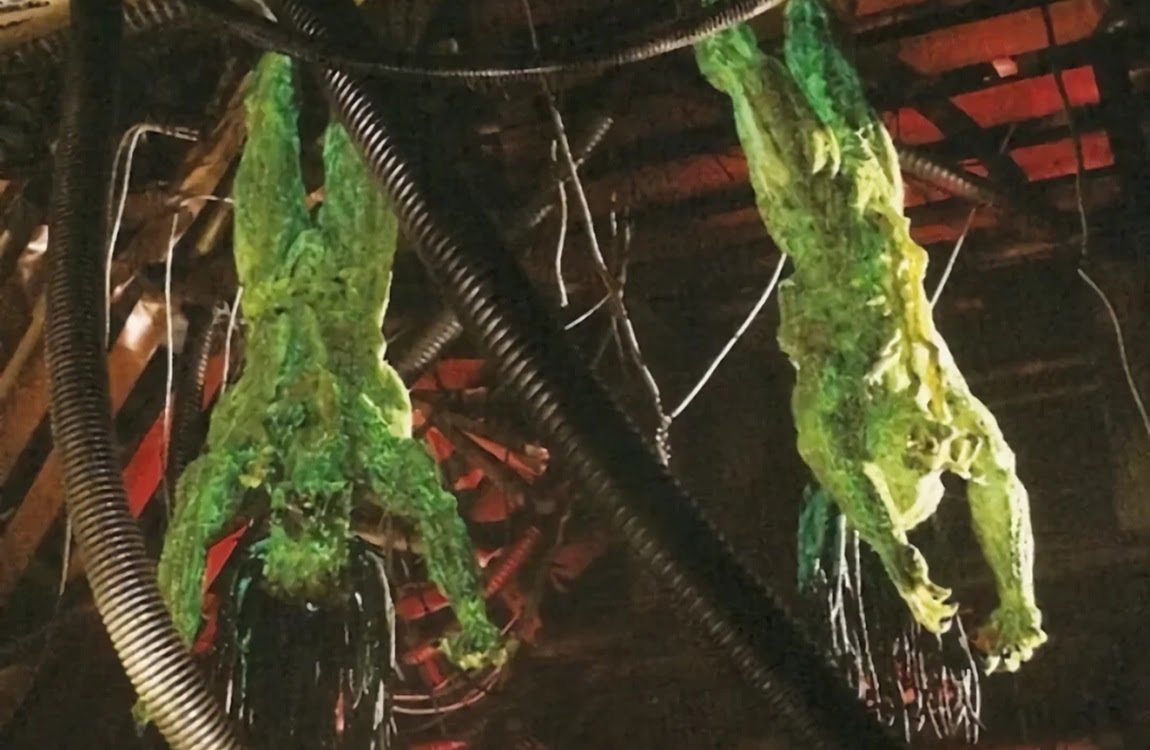
There are rare instances in which Yautja bodies have been recovered with skin removed, either by Xenomorphs or other hostile forces. Skinned Yautja retain their muscular structure (covered in green blood), and the absence of their protective hide reveals how essential the outer dermal layers are for survival. Skinned Yautja are seen in a cut scene from Alien vs. Predator: Requiem, where the Predalien skinned two Predators on their ship. A Predator "Skinner" Bad-Blood appears in the Predator vs. Spider-Man comic, but he has no chance to skin his Predator enemies, as he is beheaded by Kraven the Hunter. Skinning a Predator is likely considered Bad Blood behavior.
Conclusion
Yautja skin plays a vital role in their biology, culture, and hunting practices. Its variations show the diversity of their species, ranging from armored or translucent forms to a wide spectrum of colors and patterns. Wounds, scars, and tattoos often decorate their skin, but these are worn with pride.
Tag Categories: Yautja Appearance


